India is making significant strides in transforming its maritime infrastructure, aiming to reclaim its lost opportunity in transshipment and become a regional shipping hub. For decades, India has heavily depended on foreign ports like Colombo, Singapore, and Port Klang, with nearly 75% of its transshipment cargo routed through these international hubs. However, recent government policy initiatives are paving the way for a revolutionary change.
Boosting Port Draft to Handle Larger Vessels
Traditionally, Indian ports have had a draft of 14 metres, limiting their ability to accommodate large vessels like Panamax and cape-size ships. Recognizing the global need to handle larger cargo volumes efficiently, ports such as Kamarajar, Paradip, and Deendayal are now being upgraded to achieve an 18-metre draft. This enhancement will allow these ports to berth massive vessels, a critical requirement for transshipment competitiveness.
The term "draft" refers to the vertical distance between the waterline and the bottom of a ship’s hull. A deeper draft means that larger and heavier ships can dock, making ports with such capabilities more attractive to global shipping lines.
Strategic Development of Mega Ports
Among the notable infrastructure developments is the Vadhavan Port in Maharashtra, designed to be a world-class mega port. With a natural draft of 20 metres and a planned container handling capacity of 23 million TEUs, Vadhavan is set to enter the top 10 global container ports upon its completion. This port will be a game-changer in establishing India’s dominance in the global maritime sector.
Additionally, the Galathea Bay Transshipment Port in Great Nicobar is being designed as a deep-draft, greenfield port, expected to handle over 16 million TEUs annually in its final phase. This facility aligns with India’s strategy to build ports capable of international-standard transshipment capacities.
Key Container Terminals to Support Growth
Further bolstering India’s transshipment ambitions are upcoming terminals such as:





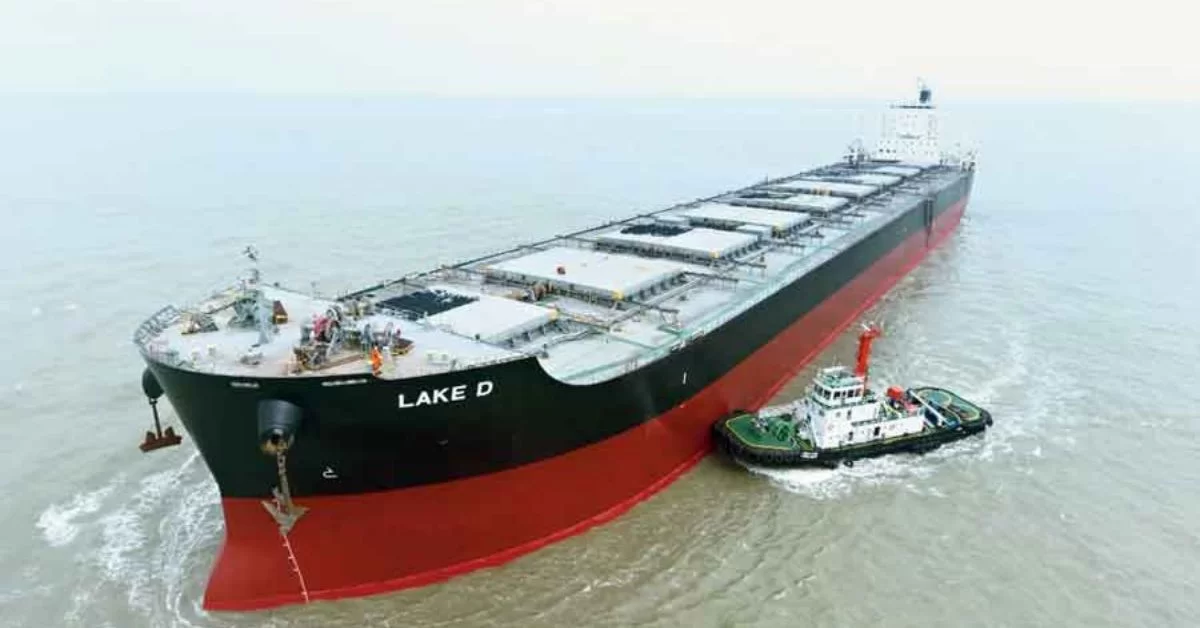 >
>
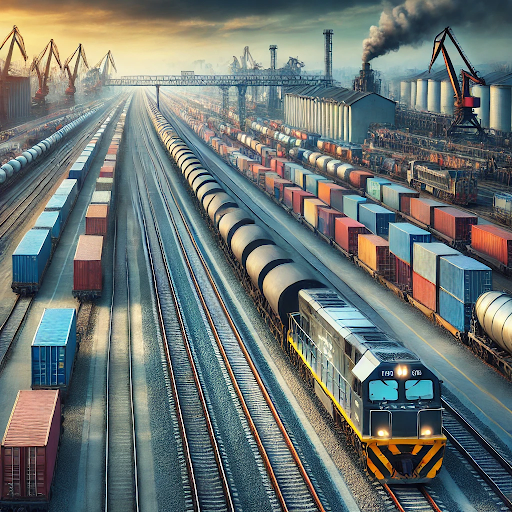

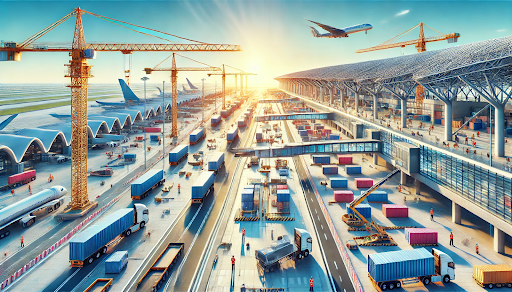

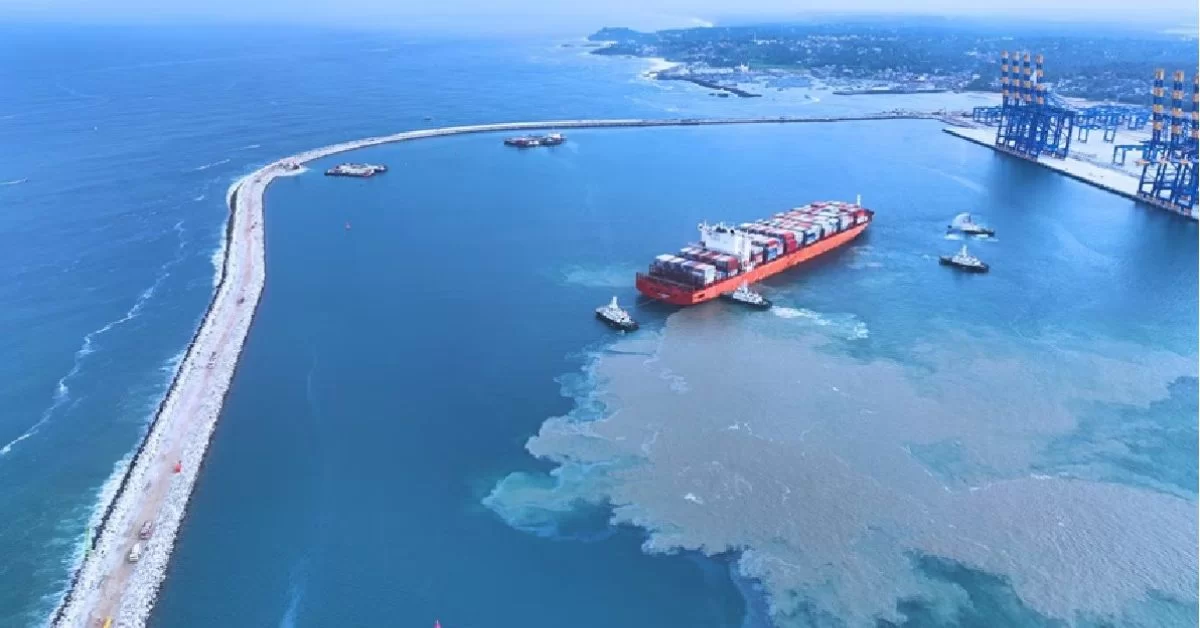

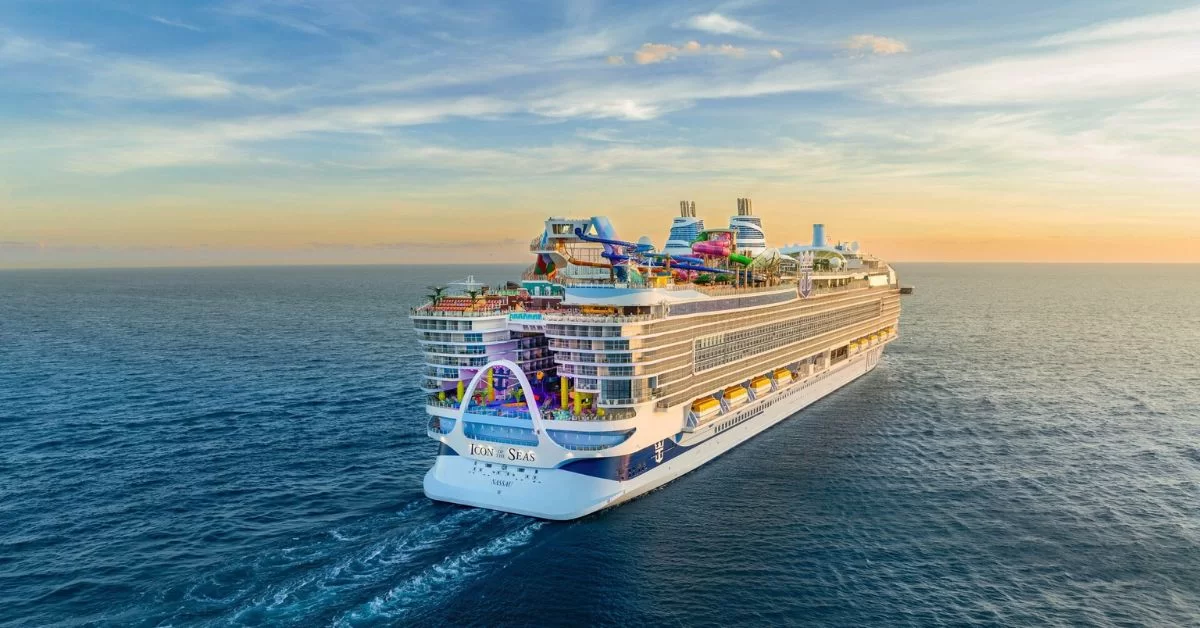




 Business Care Solutions
Business Care Solutions